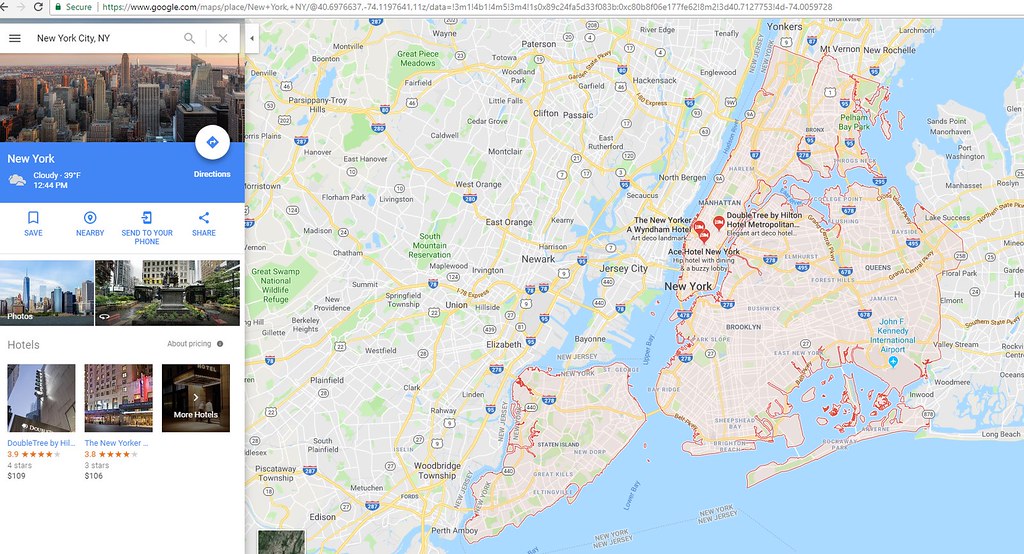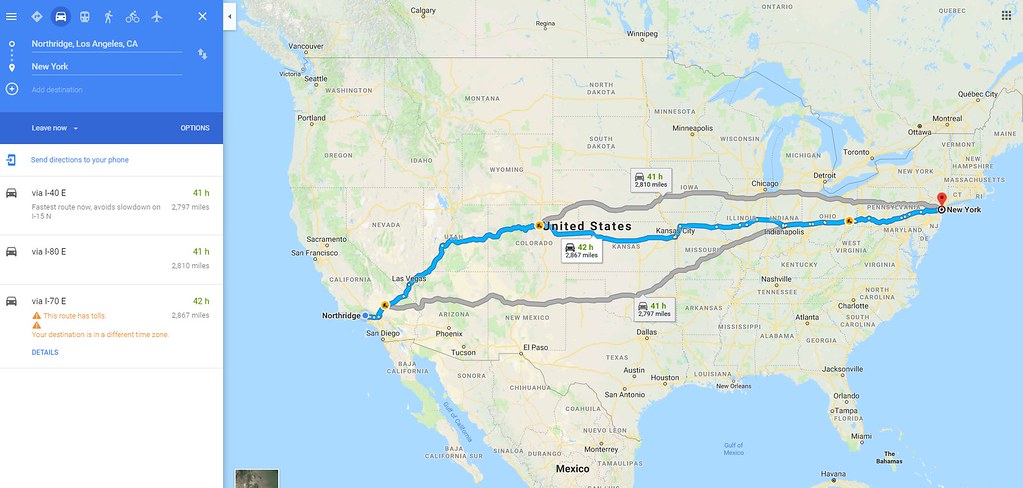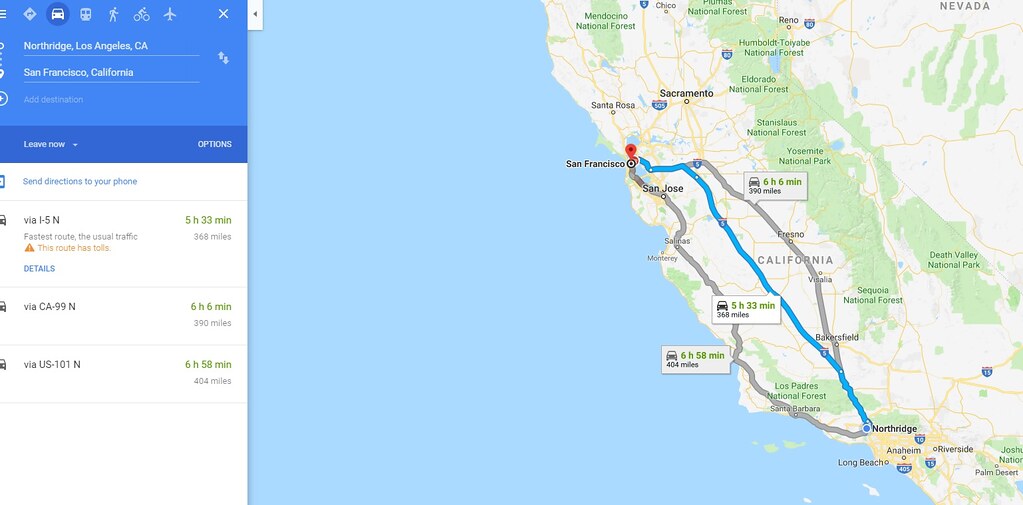 |
| Source: LimeBike |
Dockless BikeShare Programs are emerging in a number of areas across the United States. Especially, around university campuses for obvious reasons. Around California State University at Northridge, over 50% of the students live within a radius of 5 miles. This makes a BikeShare program thrive instead of using cars to travel to and from campus. Residents may engage in use of BikeShare bicycles too and have done so in the Northridge area. Below is a dimensional analysis of the total distance traveled (13,000 miles) in just over 3 weeks. Wow!
Today, I wrote a guest post on for the wonderful website 'BikingInLA' titled "Guest Post: Open letter opposing Englander motion to halt dockless bikeshare and CSUN LimeBike system" which focuses on a recent 'emergency moratorium through a motion' to regulate (basically shut down) the use of LimeBike Dockless Bikeshare bicycles around campus. The obvious reasons for using alternative modes of transportation can be found in the link to the post along with staggering statistics and testimonials of riders.
For the purpose of the following post, I would like to show the calculations of the stated statistics in the article on 'BikingInLA' written by myself. To start with the two statistics in question need to be stated below:
1) 13,000 miles -- a person could ride a bicycle 2 round trips from Northridge (California) to New York City (New York).
2) 13,000 miles -- a person could make 17 round trips from Northridge (California) to San Francisco (California).
In order to verify those calculations, a few steps need to be taken. In the following two sections, each devoted to a single statement above, the steps will be displayed clearly to arrive at the statements above. Lets start with explaining through dimensional analysis the first statement regarding 2 round trips from Northridge to New York city.
Northridge to New York City?
To start the dimensional analysis of casting the distance of 13,000 miles into perspective, a 'metric' needs to be stated. In the first statement above, the 'metric' is the distance traveled from Northridge (California) to New York City (New York).
The first step is to find the distance, consult a 'map program' such as 'GoogleMaps' and type in the following destination: New York City. The map should appear as follows below:
Next, click on the 'directions' button and then a "From" and "To" entry spaces should appear on the upper left hand corner as shown below:
Upon choosing a "car" as a choice of transportation, the following possible set of directions appear like those shown above. The total distance from Northridge (California) to New York City (New York) is 2,867 miles.
Remember that the distance stated above is a 'One Way Trip'. Which means that when a final total number of trips is reached through analysis below, the total number of trips will be divided by 2 in order to determine the number of round trips
"OWT" represents 'One Way Trip'. To calculate the total number of 'One Way Trips' possible by traveling 13,000 miles, a division of the distance traveled by the distance of a 'One Way Trip' as shown below:
The result of the calculation is interpreted as the following: If a person were to travel by bicycle (BikeShare) 13,000 miles, they could complete 4 One Way Trips or 2 Round Trips from Northridge (California) to New York City (New York). The analysis above matches up with the statistic stated in my guest post on 'BikingInLA' today.
Next, the same analysis is carried out to verify the second statement above using a metric of 'One Way Trips' to San Francisco from Northridge.
Northridge to San Francisco
The analysis above was carried out to verify the distance traveled by LimeBike users in less than a month around the CSUN campus - 13,000 miles using the metric of 'One Way Trips' from Northridge to New York City across the U.S. In the current analysis below, a smaller metric is used. The metric is 'One Way Trips' from Northridge (California) to San Francisco (California).
To start the analysis, the website 'www.maps.google.com' is consulted with the following statement: San Francisco, CA and the following result is shown below:
If the current analysis is carried out in the same manner as above, then click on the 'Directions' in the upper left hand corner and two entry spaces will appear. If the top entry space is filled with 'Northridge, CA' while the second entry space is filled with 'San Francisco, CA' - the following result is shown below:
The result is shown above which shows the total distance for a single trip from Northridge (California) to San Francisco (California) is 368 miles. The is shown below:
Expressed as 'One Way Trips' the following total distance for a single trip is shown below:
With the metric of a single trip known to be 368 miles, to determine the total number of 'One Way Trips' possible is carried out by dividing the total distance in question (13,000 miles) by 368 miles as shown below:
The result above indicates that a total of 35 'One Way Trips' are possible given a person with the ability to travel 13,000 miles by bicycle (BikeShare). This can be interpreted as a total number of round trips to be 17 from Northridge (California) to San Francisco (California).
Conclusion...
Above, two different analyses were carried out using the same methodologies. These analyses verified the number of 'Round Trips' possible by the total distance of 13,000 miles. Additionally, the above dimensional analysis allows us to visualize the magnitude of the number cited in the guest post written on 'BikingInLA' today. The number of miles -- 13,000 miles represent the number of miles traveled in 40,000 trips by LimeBike users around Northridge in less than a month. These numbers are extremely encouraging toward moving to alternative modes of transportation. Incorporating active transportation into our lives will result in a healthier community, less congested (with traffic) and boost local economy.
Related Blogs using dimensional analysis can be found here.










No comments:
Post a Comment